Recently, oysters and yellowfin pomfret raised by people in Nha Phu lagoon (Ninh Hoa town), and lobsters raised in Cam Lap commune (Cam Ranh city) suddenly died abnormally. Therefore, the authorities have stepped in to determine the cause and have given specific recommendations to farmers.
 |
| A corner of the oyster farming area in Hon Giua - Nha Phu lagoon was severely damaged. |
Some damaged areas
These days, Mr. Ha Van Khoa - Director of Thai Binh Duong Oyster Company Nha Trang, along with workers on the company's rafts in the Hon Giua - Nha Phu lagoon area (in Tan Thanh village, Ninh Ich commune, Ninh Hoa) are replanting to re-raise after 100% of the farmed oysters had just died abnormally. "In mid-September, about 80 tons of our oysters from 1 to 7 months old suddenly died within 7 days, causing the company to lose more than 1 billion VND. Not only the company's oyster rafts, about 80 households raising oysters and yellowfin pomfret also suffered losses, with the oyster death rate ranging from 70 to 100%, and fish death rate ranging from 30 to 40%. Mr. Phan Tan Tri's oyster raft next to the company's raft also lost up to 10 tons of oysters. We have never suffered such heavy losses," said Mr. Khoa.
According to information from the Department of Animal Husbandry and Veterinary Medicine, the results of analysis and testing showed that the dead oyster samples were not infected with Perkinsus bacteria (a parasite that causes disease in mollusks); Vibrio ssp bacteria (bacteria that cause disease in aquatic animals) were detected but at a low level, within the allowable threshold. Most of the water environment indicators were within the allowable threshold, only the dissolved oxygen level was lower than the allowable limit for oyster farming and the concentration of toxic gas N-NO2 was higher than the limit. Due to the influence of the seasonal change, it often rains in the afternoon and evening, the large difference in temperature between day and night, combined with low dissolved oxygen levels, while the concentration of toxic gas N-NO2 is high, the distance between cages is not guaranteed, which may be the main reason for the large number of oysters dying in Nha Phu lagoon.
 |
| Oysters raised on rafts of Thai Binh Duong Oyster Company Nha Trang completely died. |
According to information from the Cam Ranh - Cam Lam - Truong Sa Fisheries Control Station (Department of Fisheries), at the end of September, in the Tau Be farming area (Cam Lap commune, Cam Ranh), there was an unusual phenomenon of farmed lobsters dying. Four farming households suffered losses with 47 cages of shrimp from 5 to 7 months old, with a mortality rate of about 40%; 24 cages of newly released shrimp had a very high mortality rate, from 50 to 100%.
Mr. Dang Ngoc Thanh - a lobster farmer who suffered losses said: “My family has 17 cages of 6-month-old lobsters that died more than 40% and 8 cages of newly released shrimp larvae that died 100%. At the time the shrimp died, we discovered a red stream of water about 600m long, about 200m wide, about 600m from the shore, suspected to be caused by algae bloom. The households that suffered losses all had cages located in this red stream of water. When discovered, some households quickly aerated the cages, reducing the rate of shrimp deaths. When this red stream of water ended, there were no more unusual shrimp deaths. Currently, to protect the shrimp, we always maintain the aeration of oxygen into the cages.”
Recommendations must be followed.
It is forecasted that from now until the end of the year, the weather will be extreme and unpredictable, with many biochemical changes that are unfavorable to aquaculture, especially in farming areas affected by freshwater, which can easily lead to the death of farmed aquatic products. “We have instructed lobster cage farmers in Cam Ranh on technical solutions to manage farming areas to avoid damage caused by weather fluctuations. Specifically, for cages, people need to raise the cages, place the cages in the middle of the water column to avoid local oxygen deficiency; clean cages regularly to increase water exchange inside and outside the cages; regularly monitor weather developments, water stratification, and shrimp health to proactively respond. When using fresh food, farmers need to ensure quality and disinfection; periodically add vitamins and minerals to the food to increase the resistance of shrimp; reduce the amount of food for lobsters on days with erratic weather to avoid excess, causing pollution…”, said Mr. Phan Ngoc Tan - Head of the Cam Ranh - Cam Lam - Truong Sa Fisheries Control Station.
According to Mr. Nguyen Thanh Binh - Head of the Economic Department of Ninh Hoa town, during the farming process, people need to comply with the planned farming area. When detecting abnormal signs of the environment, dead aquatic animals, people need to immediately notify the authorities for timely solutions; when aquatic animals die abnormally, they need to be collected, brought ashore for treatment, and not discharged directly into the farming area, causing pollution and spreading diseases. In addition, people need to pay attention to complying with the initial declaration, ensuring the farming process, techniques, solutions to prevent and treat aquatic diseases according to instructions; maintain appropriate farming density, should not release breeds when the weather is unfavorable, environmental indicators are not suitable...
Previously, the Department of Fisheries (Ministry of Agriculture and Rural Development) requested localities to effectively monitor and warn about the environment in aquaculture areas; closely monitor developments and the environment in aquaculture areas; effectively prevent sources of pollution in aquaculture areas at sea. When detecting abnormal signs or dead aquaculture products, farmers should be immediately instructed on how to handle and remedy the situation promptly; do not move cages from aquaculture areas with dead aquaculture products to other aquaculture areas...
HAI LANG
Source


![[Photo] 12th grade students say goodbye at the closing ceremony, preparing to embark on a new journey](https://vphoto.vietnam.vn/thumb/1200x675/vietnam/resource/IMAGE/2025/5/28/42ac3d300d214e7b8db4a03feeed3f6a)

![[Photo] Prime Minister Pham Minh Chinh receives a bipartisan delegation of US House of Representatives](https://vphoto.vietnam.vn/thumb/1200x675/vietnam/resource/IMAGE/2025/5/28/468e61546b664d3f98dc75f6a3c2c880)
![[Photo] Vietnamese and Hungarian leaders attend the opening of the exhibition by photographer Bozoky Dezso](https://vphoto.vietnam.vn/thumb/1200x675/vietnam/resource/IMAGE/2025/5/28/b478be84f13042aebc74e077c4756e4b)

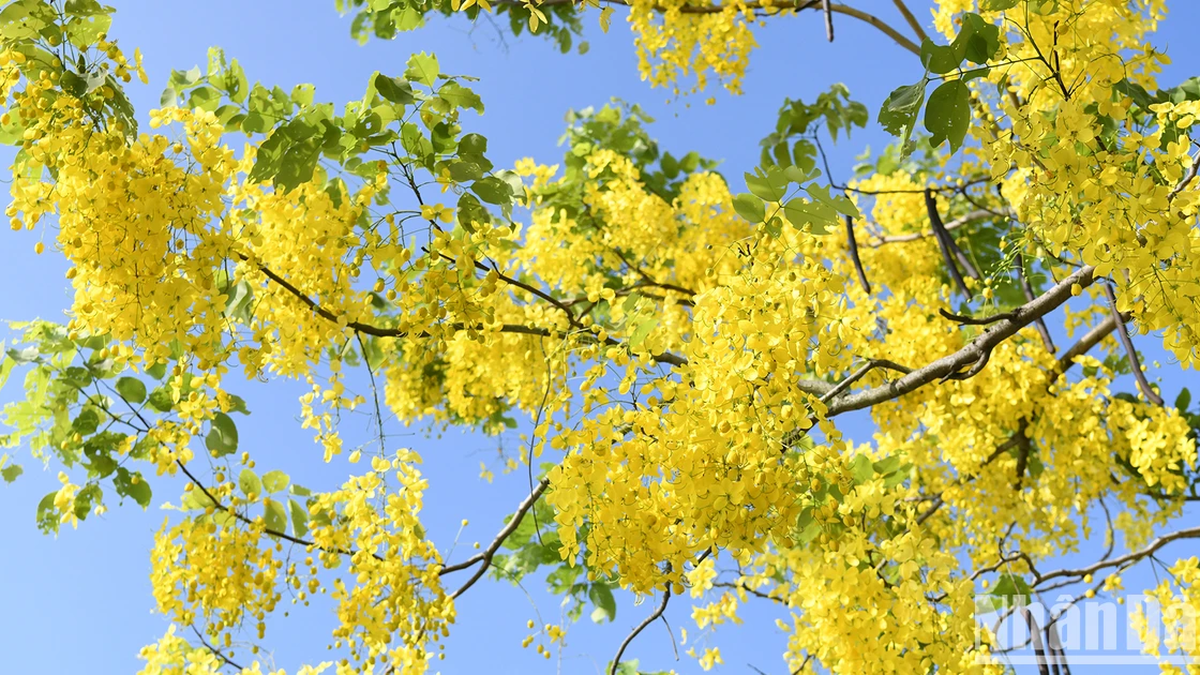



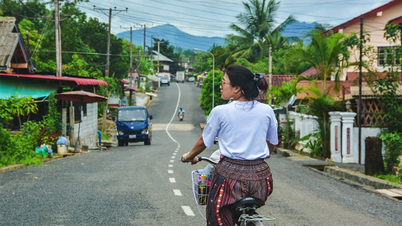







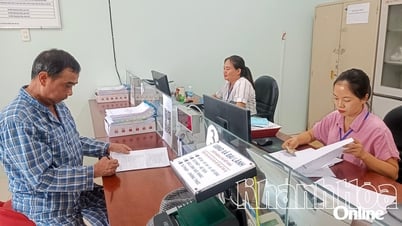


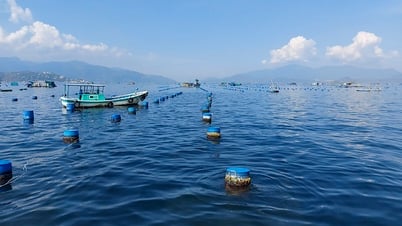
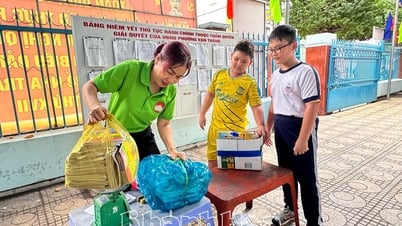








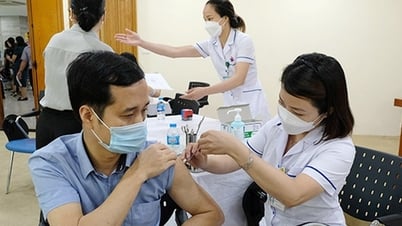
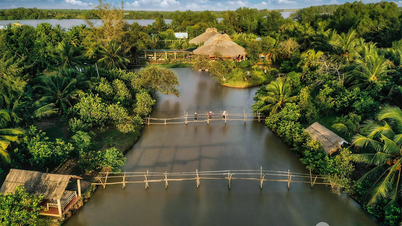
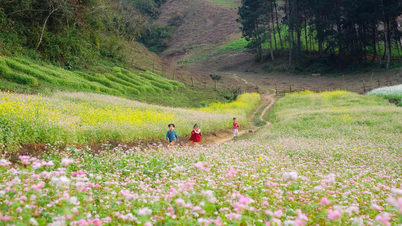














































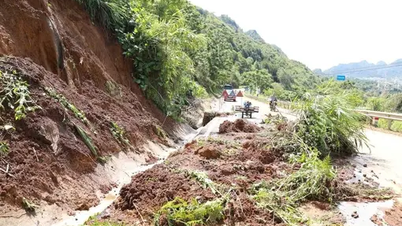



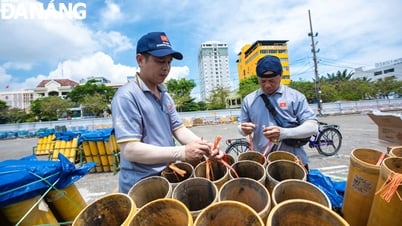

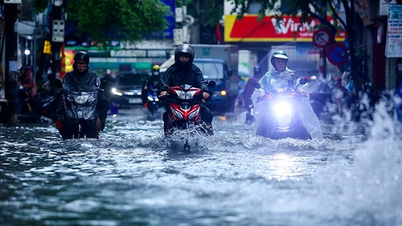

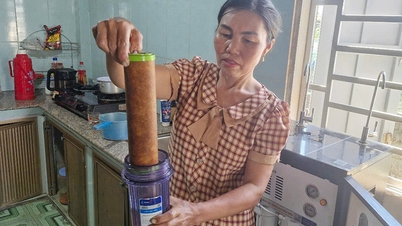
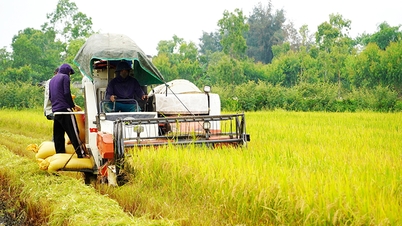








Comment (0)